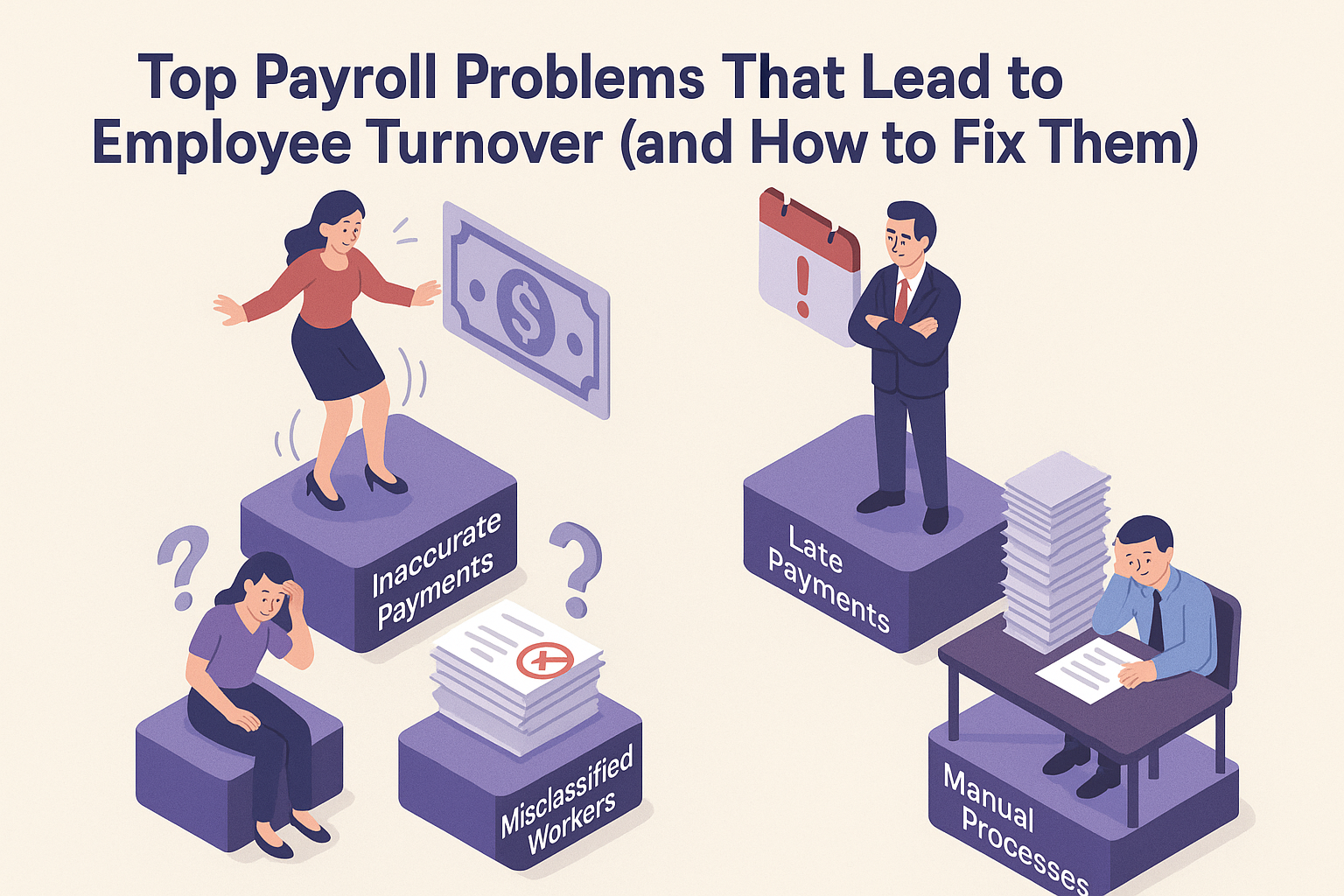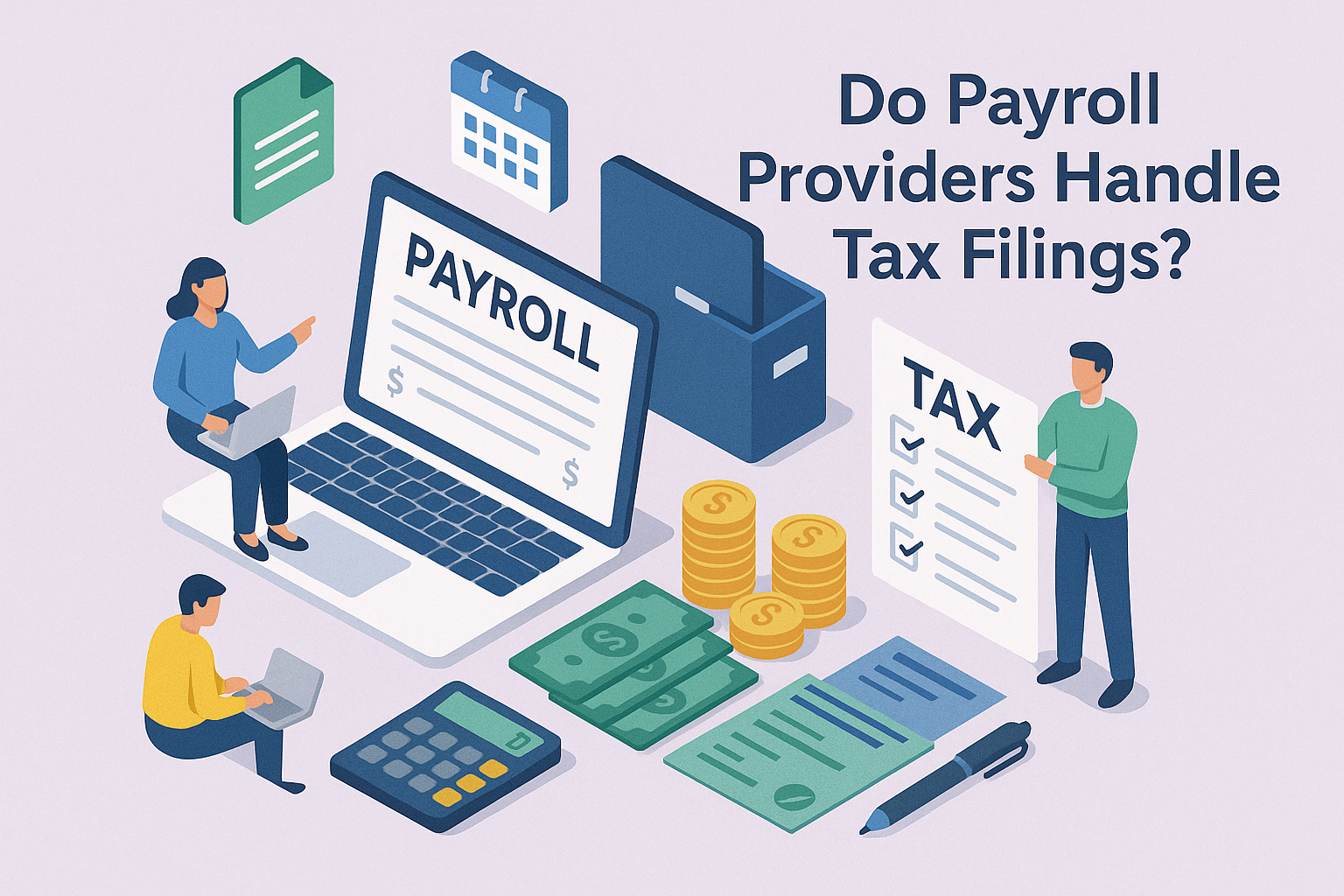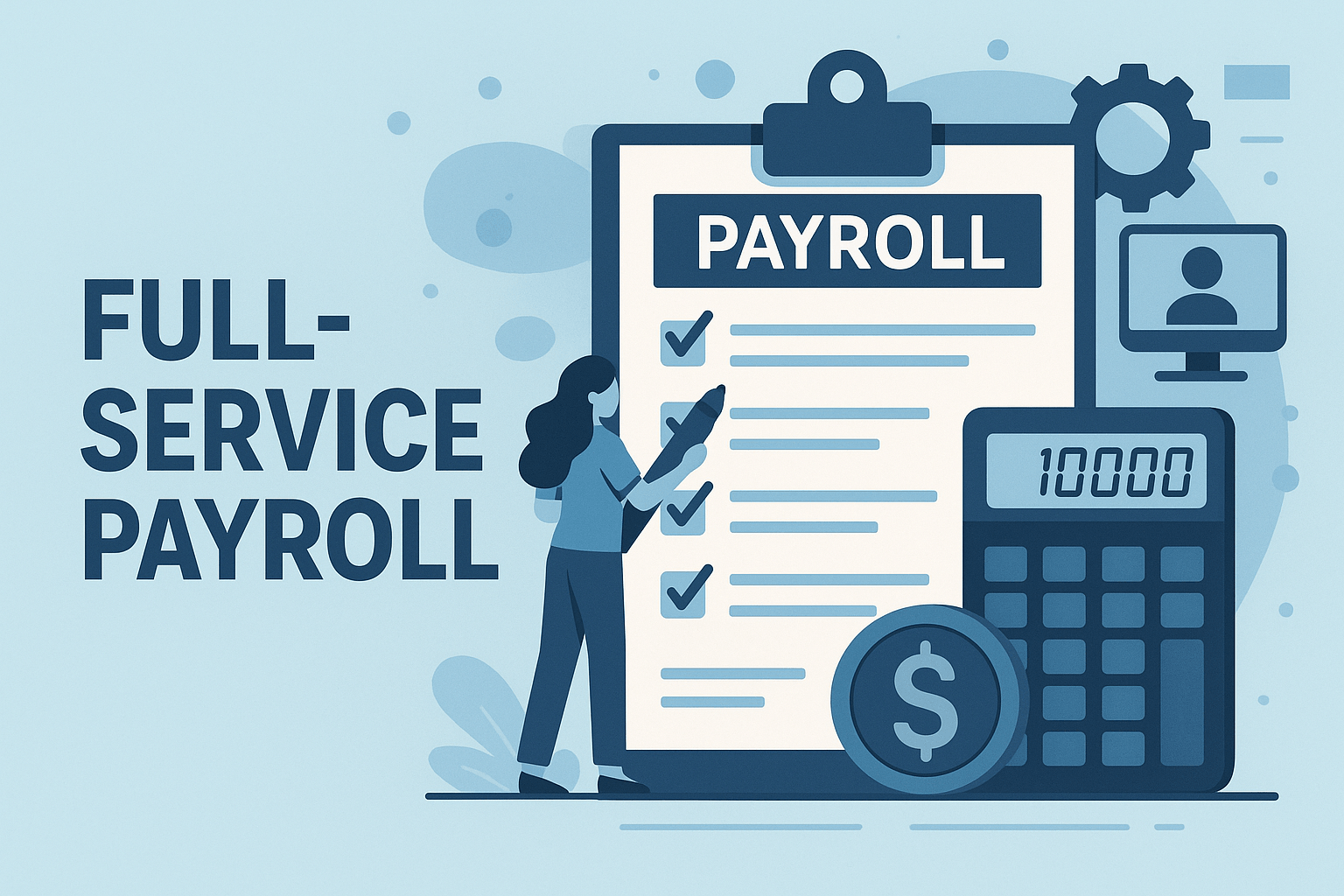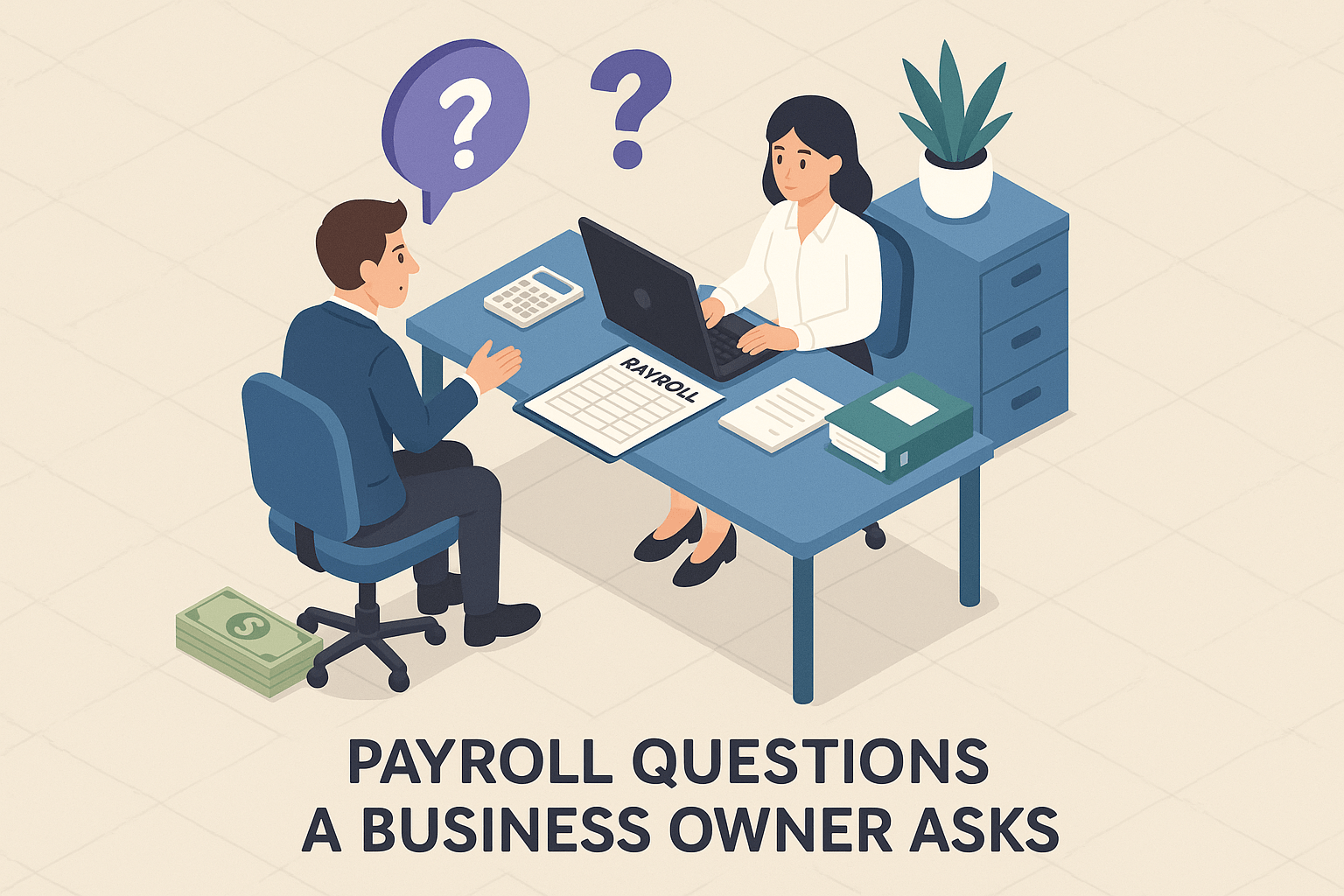W-4 Form: What It Is and How to Fill It Out in 2025
July 25th, 2024
7 min read
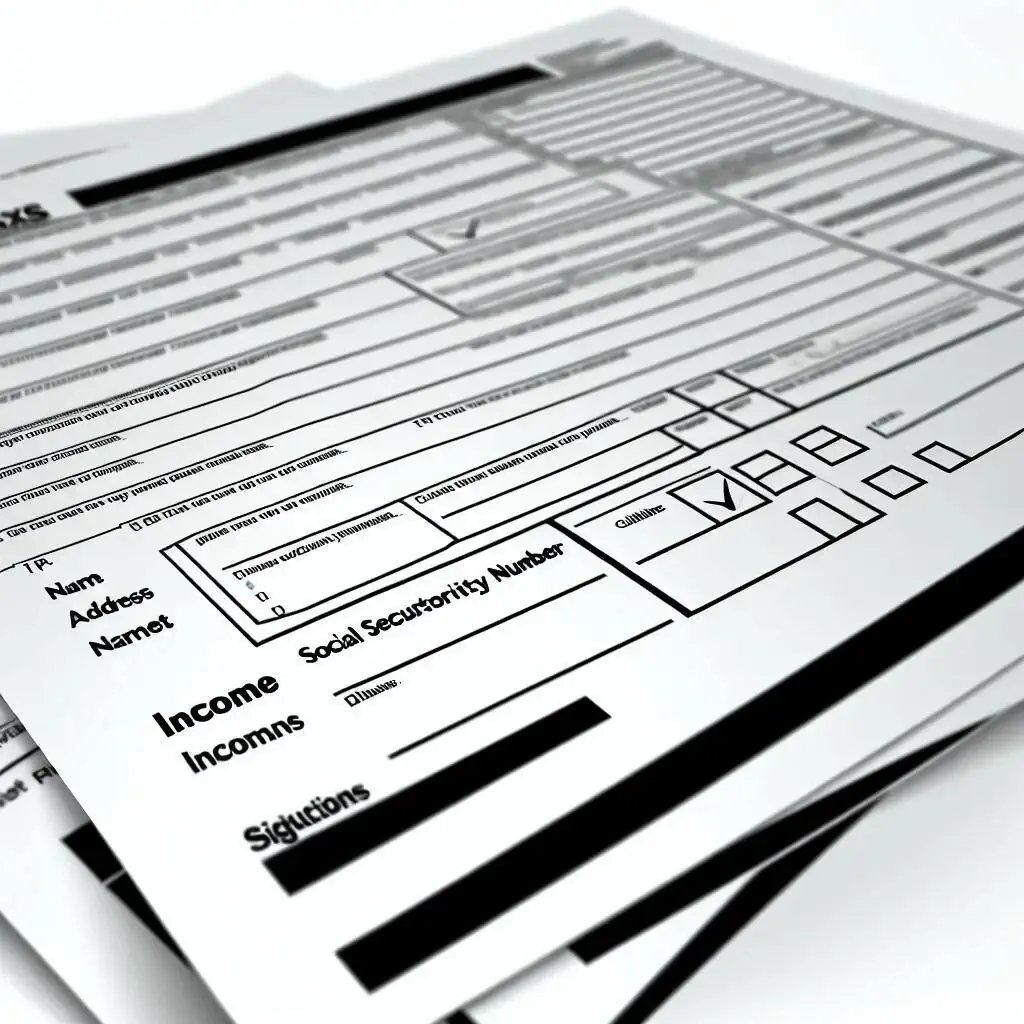
Let's face it - tax season can be overwhelming, especially when you're a business owner or a new employee trying to navigate the maze of forms and regulations. You're probably here because you've heard about the W-4 form, and you're worried about making mistakes that could cost you or your employees down the line. You're not alone. Many people share the same confusion and frustrations: claiming the wrong number of allowances, forgetting to adjust for life changes, overlooking the need for additional withholding, or not accounting for tax deductions and credits, just to name a few.
Here at Lift HCM, we totally get it—payroll and tax forms can be a real headache. We've been right where you are, and with our years of experience in Human Capital Management, we've helped countless individuals and businesses manage their payroll needs effectively. Our expertise in this field ensures that you get accurate and reliable guidance.
In this article, you'll will understand what a W-4 form is, why it's important, and how to fill it out correctly. We'll break it down in simple terms, provide practical examples, and give you the confidence to tackle this task head-on.
Table of Contents
- What is a W4 Form?
- Why is the W-4 Form Important?
- What are the Key Changes and Updates for the W-4 for 2024?
- Step-by-Step Guide to Filling Out the W-4 Form
- Common Mistakes to Avoid When Filling Out a W-4 Form
- Save Time and Eliminate Tax Form Discrepancies with Lift HCM
What is a W4 Form?
The W-4 form, officially titled "Employee’s Withholding Certificate," is a document that employees in the United States fill out to inform their employer of their tax situation. It advises employers how much federal income tax to withhold from the employee's paycheck. The amount withheld is based on the employee's filing status, number of dependents, additional income, and deductions.
This information helps employers determine the correct amount of federal income tax to withhold from employees' paychecks. Properly completing the W-4 form ensures that the right amount of tax is deducted, which can help prevent both underpayment and overpayment of taxes.
Why is the W-4 Form Important?
The W-4 form ensures that the correct taxes are withheld from employee's paychecks, preventing unpleasant surprises during tax season. Filling it out accurately also helps manage cash flow and financial planning throughout the year.
For employers, collecting W-4 forms from employees is a crucial part of payroll processing. It ensures compliance with tax laws and helps avoid penalties associated with incorrect tax withholding.
What are the Key Changes and Updates for the W-4 for 2025?
For 2025, several updates have been made to the W-4 form to align with recent tax legislation. These changes aim to simplify the form and provide clearer instructions for employees. Key updates include:
- Revised Instructions and Worksheets: The 2025 W-4 form includes updated instructions and worksheets to help employees accurately calculate their withholding. These tools are designed to simplify the process, making it easier to determine the correct amount to withhold based on individual circumstances.
- Adjustments for Multiple Jobs: The form now provides more straightforward guidance for individuals with multiple jobs or married couples who both work. This adjustment helps ensure that the combined income from all jobs is accurately considered for tax withholding purposes.
- New Deductions and Credits: The 2025 W-4 form reflects changes in available deductions and credits, such as adjustments for dependent care and education expenses. These updates help employees take advantage of relevant tax benefits and reduce their taxable income.
- Increased Standard Deduction: The standard deduction has been increased for 2025, affecting the withholding calculations for many taxpayers. The W-4 form incorporates this change to ensure employees can accurately account for the higher deduction when determining their withholding amount.
Impact on Tax Withholding
These updates are designed to make the W-4 form more user-friendly and enhance tax withholding accuracy. Correctly filling out the updated form can help prevent issues such as over- or under-withholding, ensuring that the appropriate amount of tax is deducted from your paycheck. This means fewer surprises come tax time and better financial planning throughout the year.
Understanding the 2025 changes to the W-4 form is crucial for both employees and employers. Accurate tax withholding helps you manage your finances more effectively and comply with IRS regulations.
Step-by-Step Guide to Filling Out the W-4 Form
Filling out the W-4 form correctly is essential for accurate tax withholding. Below is a detailed, step-by-step guide to help you navigate each form section.
Step 1: Personal Information
In this section, you’ll provide your personal information, including:
- Name
- Social Security Number (SSN)
- Address
- Filing status (Single, Married filing jointly, or Head of household)
Ensure that all information is accurate, as errors can lead to incorrect withholding.
Step 2: Multiple Jobs or Spouse Works
If you have multiple jobs or are married and your spouse works, this step helps you adjust your withholding to account for your combined income. You have three options:
- Use the IRS’s online Tax Withholding Estimator: This tool provides the most accurate withholding adjustments based on your combined income.
- Use the Multiple Jobs Worksheet on page 3 of the W-4 form: This method is useful if you prefer manual calculations.
- Check the box in Step 2(c). This option ensures that your withholding is calculated as if you had only one job. It is less accurate but simpler.
Step 3: Claim Dependents
If your total income is $200,000 or less ($400,000 or less if married filing jointly), you can claim the child tax credit and credit for other dependents here. Enter the number of qualifying children under age 17 and multiply by $2,000. Add the number of other dependents and multiply by $500. Enter the total.
Step 4: Other Adjustments (Optional)
Step 4 allows you to make additional adjustments to your withholding for extra precision:
- 4(a): Other income (not from jobs): If you have other income not subject to withholding, such as interest, dividends, or retirement income, enter the total amount here.
- 4(b): Deductions: If you expect to claim deductions other than the standard deduction, use the Deductions Worksheet on page 3 of the W-4 form to calculate the total and enter it here.
- 4(c): Extra withholding: Enter the amount on this line if you want additional tax withheld each pay period.
Step 5: Sign and Date the Form
Finally, review your W-4 form for accuracy, then sign and date it. Your employer cannot process the form without your signature.
Common Mistakes to Avoid When Filling Out a W-4 Form
When filling out the W-4 form, it's crucial to avoid common errors that can lead to incorrect tax withholding. Below are some pitfalls to watch out for.
Not Updating for Multiple Jobs: Failing to account for additional jobs can lead to under-withholding.
Ignoring Additional Income: Not including other sources of income can cause a surprise tax bill.
Incorrectly Claiming Dependents: Ensure you correctly calculate the credits for dependents to avoid errors.
Name and SSN Mismatch: Ensure your name matches exactly with the name on your Social Security card. If there are discrepancies, contact the SSA.
Not Updating the Form After Life Changes: Major life events such as marriage, divorce, the birth of a child, or a new job should prompt a review and update of your W-4 form.
One of the most common mistakes is either having too much or too little tax withheld from your paycheck. Over-withholding means you’ll receive a larger refund but have less money in your paycheck throughout the year. Under-withholding can result in owing taxes at the end of the year, possibly with penalties.
Overwithholding occurs when you do not accurately account for all your deductions and credits or if you claim fewer allowances than you are entitled to. You can avoid this by carefully following the form instructions and using the IRS Withholding Estimator.
Under-withholding occurs if you claim too many allowances or do not report additional income sources. Ensure all income sources are accounted for, and consider consulting the IRS Withholding Estimator to get precise withholding information.)
FAQs About the W-4 Form
Navigating the W-4 form can raise several questions. Here are answers to some of the most common questions we receive from our clients and their employees.
What is the purpose of the W-4 form? The W-4 form, or Employee's Withholding Certificate, is used by your employer to determine the correct amount of federal income tax to withhold from your paycheck. This helps ensure you don't owe a large amount of tax at the end of the year or have too much withheld, which would reduce your take-home pay unnecessarily.
How often should I update my W-4 form? You should update your W-4 form whenever you experience significant life changes, such as getting married or divorced, having a child, or taking on a second job. Additionally, reviewing and updating your W-4 form annually is a good practice to ensure it reflects your current financial situation.
What happens if I don't fill out a W-4 form? If you don't submit a W-4 form, your employer will withhold taxes as if you are single with no other adjustments. This usually results in higher withholding, which might not reflect your actual tax liability and could lead to a larger refund or owing taxes when you file your return.
How does the W-4 form affect my paycheck? The W-4 form directly impacts your paycheck by determining how much federal income tax is withheld. Filling it out accurately ensures that you have the right amount of tax withheld, balancing your need for take-home pay and your tax obligations.
Can I claim an exemption from withholding? You can claim exemption from withholding if you had no federal income tax liability in the previous year and expect to have none in the current year. To do this, write "Exempt" in the space below Step 4(c) on the W-4 form and complete only Steps 1(a), 1(b), and 5. Be aware that you must submit a new W-4 form each year if you want to continue the exemption.
What should I do if I have multiple jobs? You should use the IRS's online Tax Withholding Estimator for the most accurate withholding if you have multiple jobs. Alternatively, you can use the Multiple Jobs Worksheet included with the W-4 form. Make sure to follow the instructions carefully to avoid incorrect withholding.
How can I adjust my withholding if I have other income? You can account for other income, such as interest, dividends, or retirement income, in Step 4(a) of the W-4 form. Enter the total amount of other income you expect to receive to ensure the correct amount of tax is withheld.
Save Time and Eliminate Tax Form Discrepancies with Lift HCM
After struggling to understand how to correctly complete the W-4 form, you’ve likely felt the frustration of unexpected tax bills or decreased take-home pay. The uncertainty of whether you were withholding too much or too little could lead to financial surprises that disrupt your budgeting and planning.
With the knowledge gained from this article, you now understand the importance of accurately completing your W-4 form. You’ve learned how to navigate each step of the form, avoid common mistakes, and use the IRS tools available to ensure your withholdings are correct.
Moving forward, take the next step by reviewing your W-4 form annually or whenever you experience significant life changes. If you need personalized advice, don’t hesitate to consult a professional like us at Lift HCM. Explore Lift HCM's blog for expert advice!
At Lift HCM, we’ve effectively helped countless individuals and businesses manage their payroll and tax needs. Our expertise ensures that you receive the best guidance in filling out all of the Withholding (Payroll) Tax Forms and other essential payroll documents.
Caitlin Kapolas is a results-driven professional with a strong background in account management and retail. She is dedicated to improving client experiences and building lasting relationships. Caitlin excels in identifying client needs, resolving issues, and implementing customized solutions that drive value. Her effective communication skills ensure high client satisfaction and loyalty, making her a trusted advisor and partner in meeting client needs with precision and professionalism.











